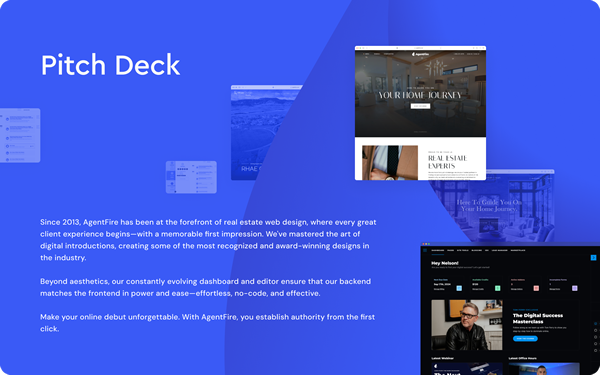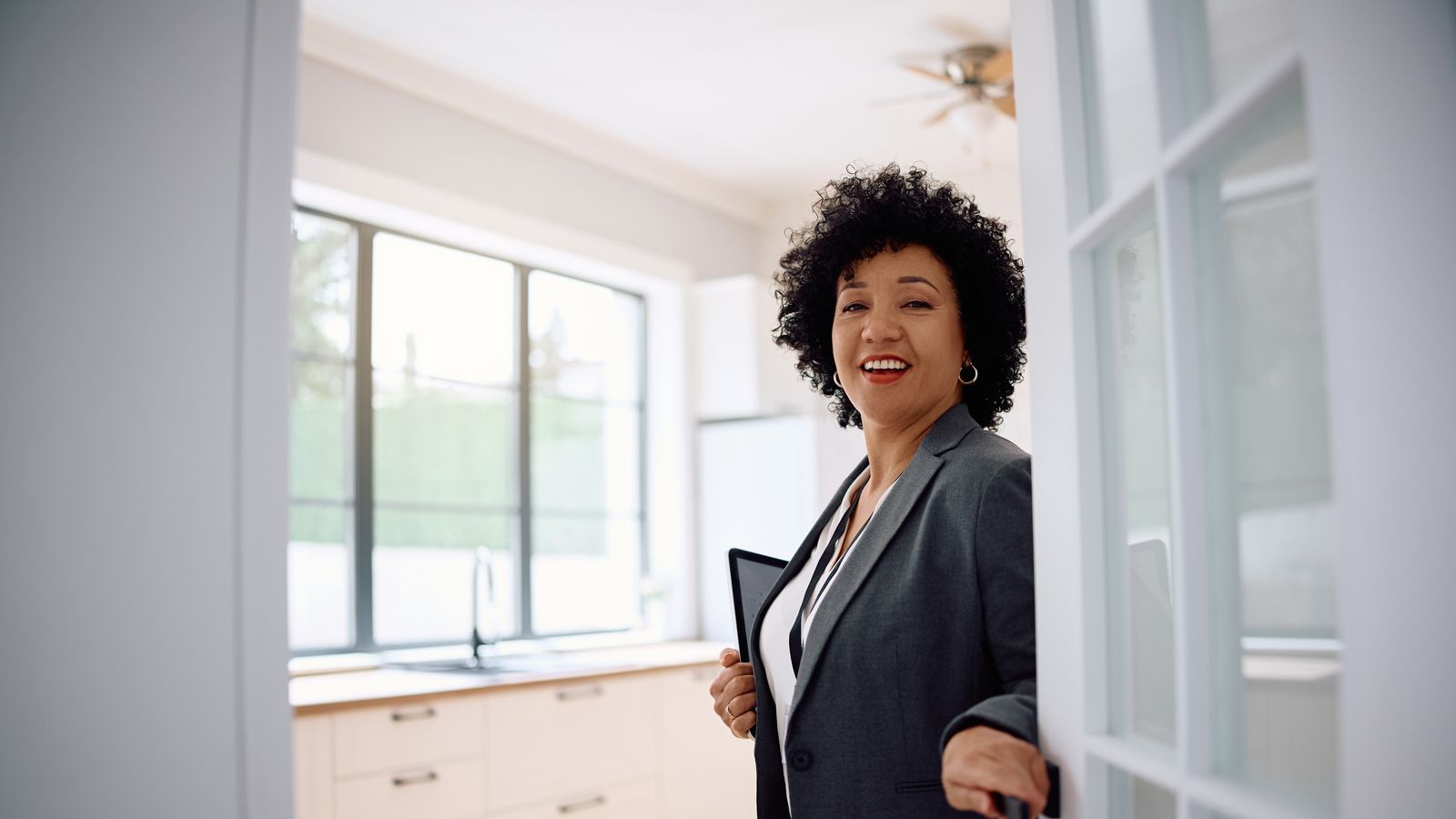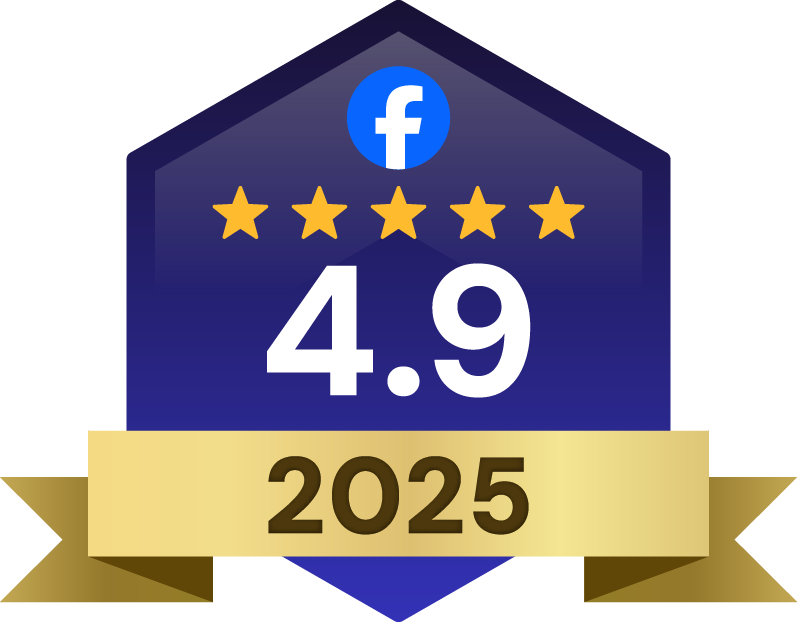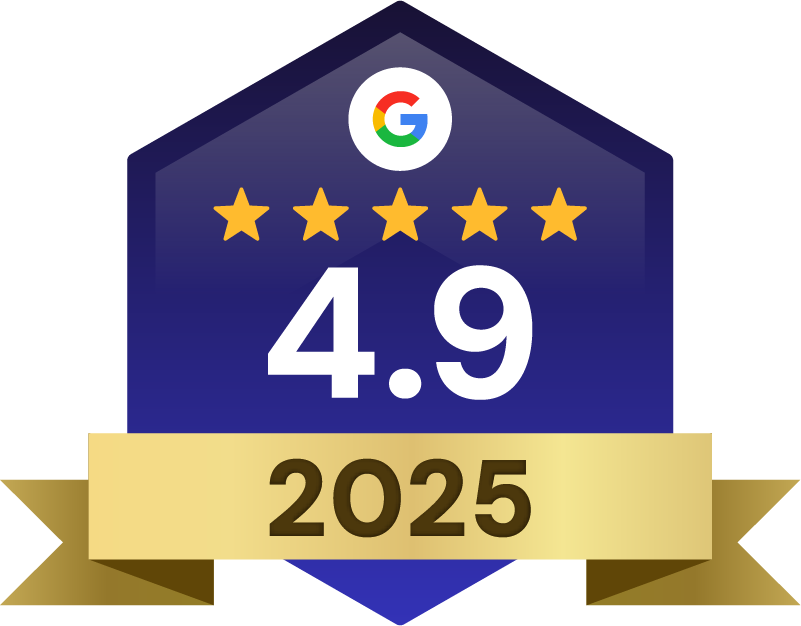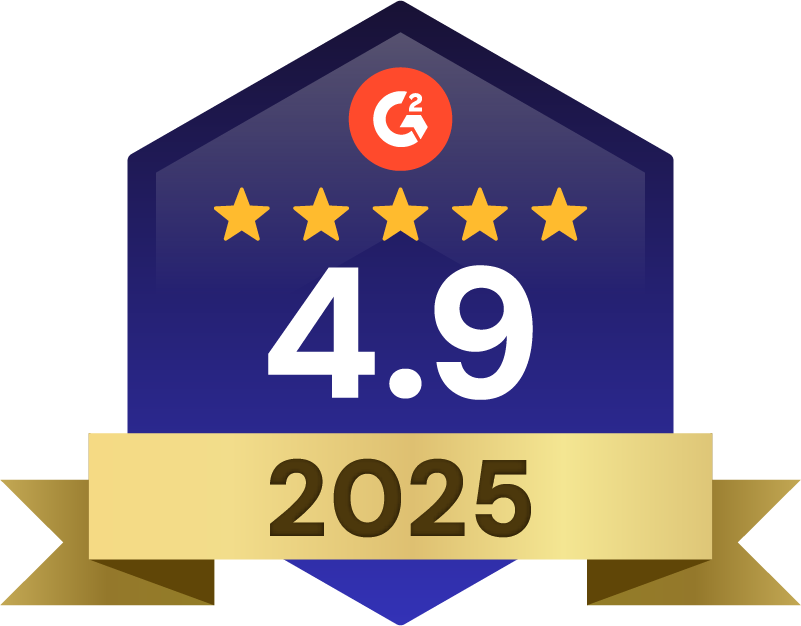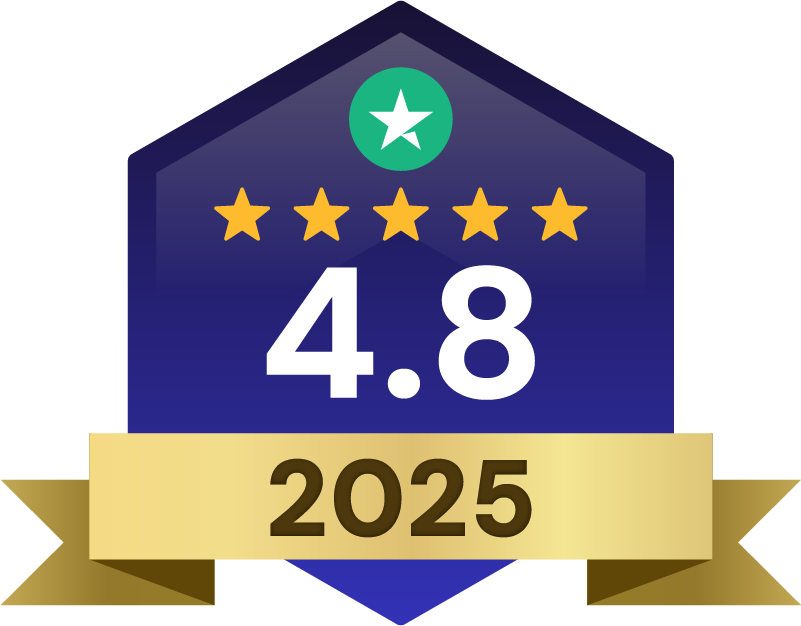An actionable blueprint for real estate agents to improve open house lead conversion through effective follow-ups, engagement, and tracking.
Lead Generation
Many real estate agents are looking for ways to meet serious buyers and sellers without spending all their time chasing online leads. Open houses are a well-known tool, but not everyone understands why they work or how to make the most of them. Some agents wonder if open house leads are still valuable in a market where buyers can find homes online.
This article explains what makes open house leads unique and why they often lead to more successful outcomes than other types of real estate leads. The following section outlines the key reasons they continue to offer strong results for real estate agents.
Why Open House Leads Still Deliver High ROI
Open house leads are people who attend a property showing in person and share their contact information with the agent. These leads are different from cold internet leads who may be browsing listings online without any real plan to buy or sell.
Open house leads typically convert at a higher rate because they have already taken a step toward making a real estate decision by visiting a property. Meeting face-to-face allows for instant rapport and a chance to build trust between agent and prospect, which is difficult to replicate through email or online forms.
Key advantages include:
- Immediate rapport: Face-to-face interactions build trust faster than digital communication
- Qualified interest: Visitors demonstrate motivation by physically attending the event
- Local positioning: Agents showcase neighborhood expertise directly to prospects
These prospects often show qualified interest by asking questions or sharing their needs in person, making it easier for agents to spot genuine buying signals. The open house setting also positions the agent as a local expert, offering an opportunity to demonstrate knowledge of the neighborhood and market conditions.
Sign-in for Open House Visitors without Paper
Modern open houses use digital tools to collect visitor contact information rather than traditional pen-and-paper sign-in sheets. Although a sign-in sheet might seem simpler, these digital methods gather accurate data and make follow-up communication significantly easier.
QR Code Posters work by displaying scannable codes that visitors can access with their smartphone cameras. The code links directly to an online registration form where visitors enter their details. Posters are typically placed at the entrance and in visible spots throughout the property.
Digital Kiosks or Tablets involve setting up an iPad or similar device with a simple registration interface. The setup requires a stable internet connection and fully charged device, with backup power available if needed.
Instant Text Confirmation sends automated messages when visitors complete the sign-in process. This text usually includes the agent’s contact information and a short thank-you message, setting expectations for follow-up communication.
Pre-Event Marketing That Fills the Room
Pre-event marketing involves activities that take place before the open house to increase the number and quality of attendees. The goal is to reach both buyers and sellers, generate interest in the property, and create opportunities for meaningful connections.
Social Media Video Teasers feature short videos posted on platforms several days before the event. These videos highlight property features like updated kitchens or large yards and may include brief shots of the surrounding neighborhood.
Neighbor Postcards and Door Knocks target homes near the open house location. Postcards mention recent real estate activity in the area and invite neighbors to attend. Door knocking allows direct conversation with residents to encourage attendance.
Strategic Sign Placement positions signs at high-traffic locations such as intersections and main roads leading to the property. Signs include clear directions, date and time information, and are designed for easy reading from a distance.
Creating a Listing Page With Lead Capture involves building a dedicated landing page for the open house. The page includes a registration form where visitors can enter contact information, often with incentives like neighborhood market reports or home valuation tools.
Live Engagement That Separates Buyers from Browsers
Effective conversations during an open house help real estate agents distinguish between visitors who are simply browsing and those ready to take the next step. Structured questions and value-driven exchanges gather useful details and keep discussions focused.
Open-ended questions help visitors share information about their goals. Questions like “What brings you to this neighborhood?” encourage guests to explain their reasons for attending. Ask about ideal home features or what matters most in a property to reveal preferences and circumstances.
Motivation and timeline probes explore timing and urgency to clarify where visitors stand in their real estate journey. Questions such as “Are you already working with an agent?” or “Are you looking to move in the next few months?” identify decision-making factors and possible constraints.
Value-swap offers provide useful resources in exchange for contact information. Free home valuations, neighborhood market reports, or buyer guides give visitors a reason to share their details and create clear value exchanges.
Step-By-Step Follow-Up Timeline That Converts
A systematic approach to nurturing open house leads builds relationships and maintains engagement over time. Each touchpoint serves a specific purpose in the conversion process.
Day-of personalized thank-you messages are sent within hours after the open house. These messages include specific details from conversations, such as questions asked or features that interested the attendee.
Day-after curated listing sets involve sharing three to five properties that match stated preferences. Notes explain why each property was chosen based on what the attendee mentioned during their visit.
Week-after neighborhood newsletters contain local market information, new listings, and upcoming community events. This content positions the agent as a neighborhood expert and maintains connection with prospects.
30-day check-in calls focus on search progress and offer additional resources. These conversations help maintain relationships and keep agents top-of-mind for future real estate needs.
Tech Stack with Apps, QR Codes, and CRM Integrations
Several digital tools capture sign in for open house visitors efficiently. Popular platforms include Open Home Pro and Curb Hero, along with other options like Spacio and Block Party.
| App | Lead Export | CRM Integration | QR Codes | Pricing | Mobile Compatibility |
|---|---|---|---|---|---|
| OpenHomePro | Yes | Yes | No | Free basic version | iPad, Android Tablet |
| Curb Hero | Yes | Yes | Yes | Free for agents | iOS, Android, Web |
| Spacio | Yes | Yes | Yes | Paid subscription | iOS, Android, Web |
| Block Party | Yes | Yes | Yes | Free basic version | iOS, Android, Web |
IDX and CRM sync capabilities allow automatic lead transfer to existing systems. Popular CRM platforms like Follow Up Boss integrate with most open house apps to organize and track client interactions.
AI drip campaign automations send pre-written email sequences to visitors after registration. AgentFire’s AI-powered follow-up capabilities deliver relevant content and nurture leads automatically, helping agents maintain regular contact with prospects.
Key Metrics to Track Open House Lead Success
Visitor-to-contact rate measures what percentage of attendees provide contact information. Calculate this by dividing sign-ins by total visitors, then multiply by 100. For example, 15 sign-ins from 20 visitors equals a 75% rate.
Contact-to-appointment rate shows how many registered contacts schedule follow-up meetings. Divide appointments by contacts collected, then multiply by 100. Six appointments from 20 contacts equals a 30% rate.
Appointment-to-contract rate tracks the percentage of appointments resulting in signed agreements. Divide contracts by appointments, then multiply by 100. Two contracts from six appointments equals about 33%.
Hyperlocal Authority Turns a Tour into Trust
Demonstrating deep knowledge about a specific community builds trust and credibility with open house visitors. When agents show understanding of local details like schools, amenities, and market activity, visitors view them as reliable resources.
Area guide printouts provide detailed neighborhood information including local schools, nearby parks and amenities, recent market trends, and local business highlights. AgentFire’s automated Area Guides feature generates these packets for many neighborhoods with up-to-date information.
Interactive map displays use visual tools to show neighborhood boundaries, points of interest, recent home sales, and available inventory. These displays help visitors understand the local landscape and see how the property fits into the broader community.
Local business partnerships involve working with mortgage brokers, home inspectors, and contractors to create cross-referral opportunities. These relationships strengthen community connections and expand business reach over time.
Your Action Plan Blueprint
Converting open house visitors into quality leads involves a repeatable set of actions. Each step helps organize lead generation from start to finish.
- Start by choosing your tech stack. Select a digital sign-in method and decide how it connects with your CRM system. Make sure both tools are compatible and allow automatic information flow.
- Create marketing templates for social media posts and follow-up messages. Templates keep outreach consistent and make it easier to promote future events or communicate with visitors.
- Schedule your first event by selecting a property in a high-visibility area. Choose timing that aligns with local activity patterns, such as weekends, to increase attendance likelihood.
- Track and optimize by monitoring conversion metrics regularly. Review how many visitors sign in, book appointments, and become clients. Make adjustments based on results to improve outcomes over time.
To see how automated tools and organized lead management integrate into your workflow, schedule a demo with AgentFire.
FAQs About Open House Lead Conversion
What conversion rate should agents expect from open house visitors to signed clients?
Typical conversion rates from open house visitor to client range from five to nine percent. This rate depends on lead qualification during the event and consistent follow-up communication afterward.
Which follow-up message approaches generate the highest response rates from open house attendees?
Messages that reference specific conversation details from the open house and suggest relevant property options receive the most replies. Generic thank-you messages without personalized information result in fewer responses.
How can agents connect their open house sign-in app data to their existing CRM system?
Most open house apps connect with CRM platforms through API integrations or CSV file exports. Check your CRM’s integration marketplace or contact support for setup instructions and automated lead transfer options.

